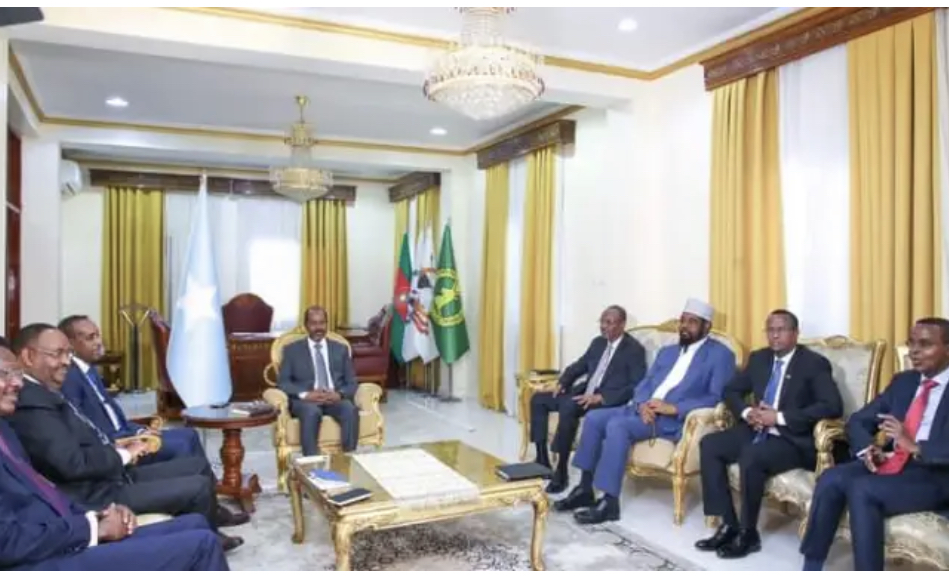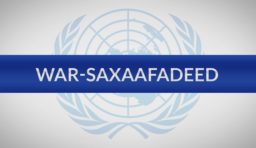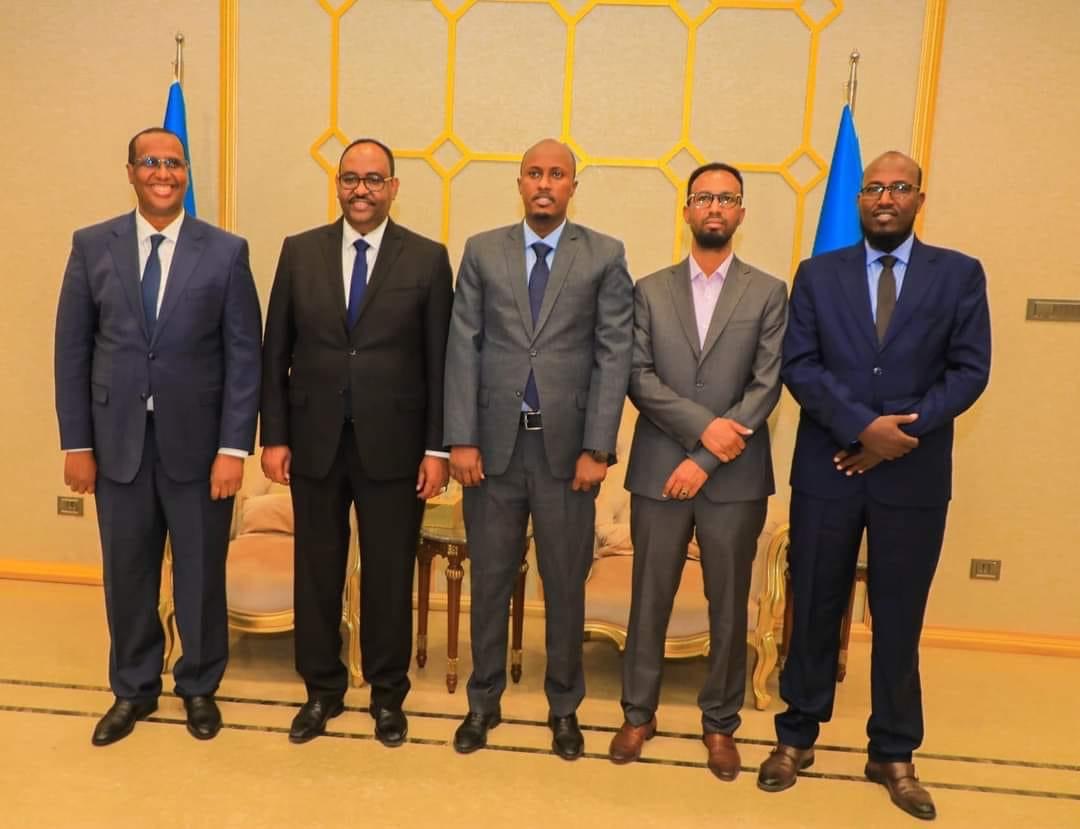Innovations from Somalia range from the early adoption of the Hawala system to global money transfer companies of Somali origin including Taaj, Salaama, World Remit and Dahabshill…
Somalia’s money transfer market is one of the most developed in the world, characterized by a large diaspora sending billions of dollars home in remittances each year and a local population that prefers mobile money to cash.
Latest data from the World Bank in 2017 suggests that 73% of the population above the age of 16 use mobile money services—making Somalia one of the most dynamic markets in Africa and worldwide.
Despite only being introduced 10 years ago, over two thirds of all payments in Somalia now rely on mobile money platforms, Although Hormuud, Somalia’s leading mobile money provider, only received GSMA Mobile Money Certification in March, a global standard of telecoms excellence, the country has changed the face of money transfers worldwide for decades.
The major factors behind the country’s innovation in money transfers are a tough operating environment, a weak banking system, lack of policy implementation, and deep distrust of government and the local currency, Innovations range from the early adoption of the Hawala system to the global rise of money transfer companies of Somali origin including Taaj & Salaama.
“Anyone who has a mobile has mobile money services,” says Abdullahi Rage, a Mogadishu-based research analyst at the African Center for Strategic Progress, a US think tank, “The problem in Somalia is that we have a lack of data—it’s hard to get an exact number. But I would say more than nine out of 10 people use mobile money in Somalia.”
Somalia has long been a challenging market with deep divides in government that often spill over into armed conflict and parts of the country under the control of terrorist group al-Shabaab. But these problems have created the perfect hotbed for innovative solutions, especially with regards to financial technology.




